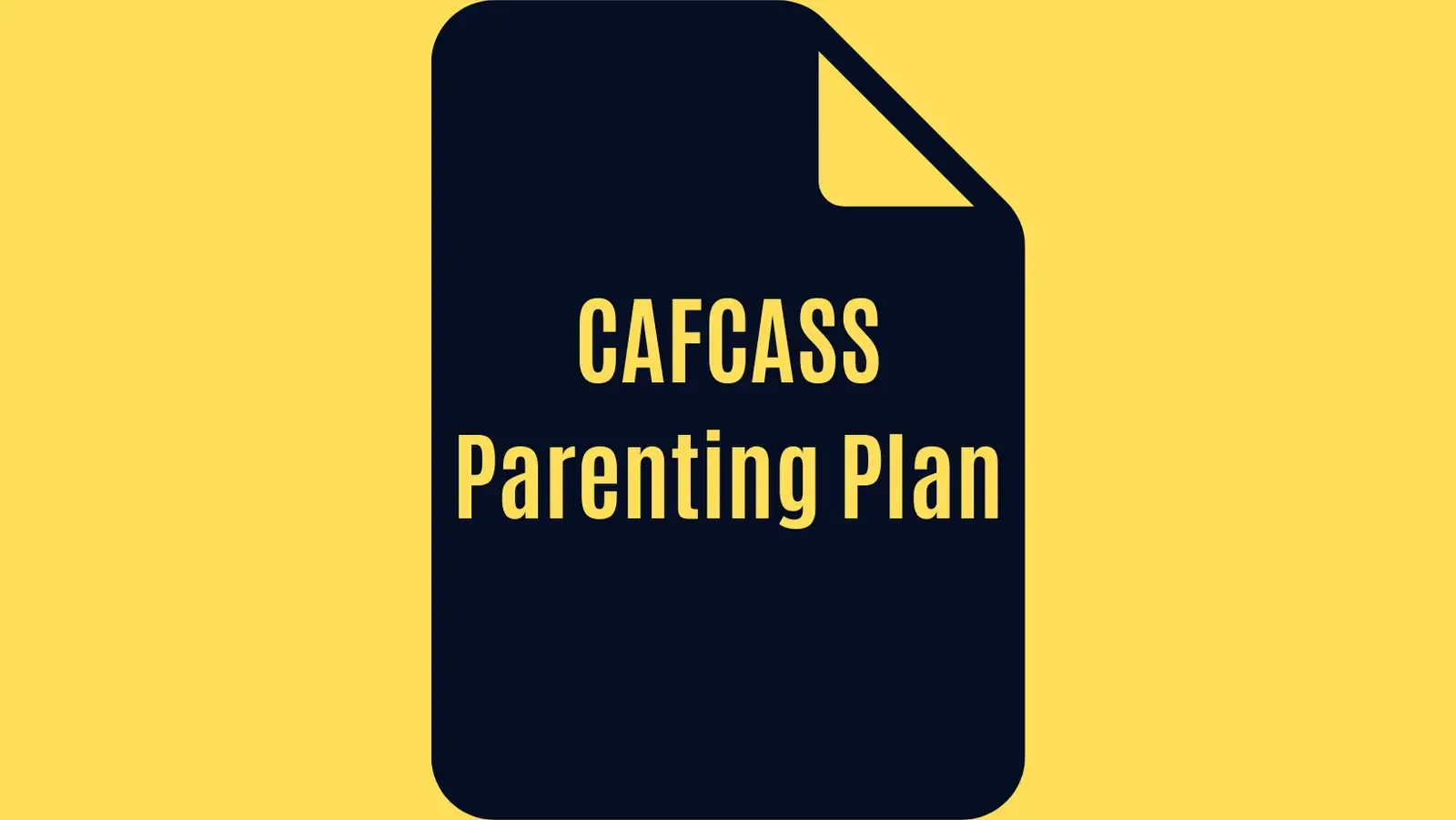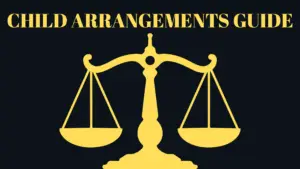Understanding the CAFCASS Parenting Plan
CAFCASS, or the Children and Family Court Advisory and Support Service, offers invaluable assistance to parents navigating separation or divorce in England and Wales. One of their essential tools is the CAFCASS parenting plan, designed to facilitate agreements regarding children’s care arrangements. Let’s delve into what this plan entails and how to effectively utilise it.
If you’re unsure how this differs from a court order, read our guide to the Child Arrangements Order process.
🔑 Key Takeaways
- A CAFCASS Parenting Plan is a voluntary agreement between parents about childcare arrangements after separation or divorce.
- It covers essentials like residency, contact schedules, decision-making, and responsibilities.
- The plan isn’t legally binding — but courts view it positively as evidence of cooperation and child-focused thinking.
- Using a plan can save time, reduce stress, and avoid unnecessary hearings such as Fact-Finding.
- Clear, written agreements reduce conflict and provide stability for children.
What Does a Plan Entail?
A CAFCASS parenting plan serves as a comprehensive document outlining post-separation or divorce arrangements for children. It covers crucial aspects such as residency, custody schedules, and parental responsibilities. While it is not legally binding, courts endorse it as a means of amicably resolving disputes and minimising legal intervention.
Advantages of Using a CAFCASS Parenting Plan
Employing a CAFCASS parenting plan offers numerous benefits for separating or divorcing couples. By fostering mutual agreement outside of court proceedings, it saves time, reduces costs, and mitigates stress for the children.
Furthermore, it provides a clear childcare framework that helps reduce conflict — which can be especially important if you’re trying to avoid a Fact-Finding hearing or manage safeguarding concerns.
How to Draft a CAFCASS Parenting Plan
Creating a parenting plan involves a collaborative effort between partners, possibly with assistance from mediators, solicitors, or social workers. The process begins by considering the children’s needs, including factors like age, schooling, and hobbies. Parents must then iron out practical details, such as living arrangements and caregiving responsibilities.
Clear and specific communication is paramount in drafting the plan to pre-empt misunderstandings. Topics such as residency, visitation schedules, and educational decisions should be clearly outlined and agreed upon.
Once finalised, the plan should be documented and signed by both parties.
Conclusion
In summary, a CAFCASS parenting plan is a valuable resource for separating or divorcing couples seeking to establish childcare arrangements. By promoting mutual understanding and agreement, it fosters a sense of stability and security for the children involved. If you’re navigating separation or divorce, consider utilising a parenting plan to streamline the process and prioritise your children’s well-being.
Are you in the midst of family law proceedings and need to discuss your case with us, including the CAFCASS parenting plan? Don’t navigate this challenging process alone. Our experienced team is here to help.
Book your 30-minute free consultation now and let us guide you through the intricacies of your parenting plan. Our knowledgeable professionals will provide clarity on your options, address any concerns you may have, and offer tailored advice to move forward.
Your children’s welfare is paramount, and understanding the parenting plan is crucial in ensuring their stability and well-being throughout the legal process. Let us support you in advocating for their best interests.
Don’t delay – schedule your consultation today and take the first step towards securing a brighter future for your family.
You might also want to explore our article on Parental Alienation if you’re seeing worrying patterns in how your child is being influenced during contact discussions.
👉 Walk into court with clarity — book your free consultation today




